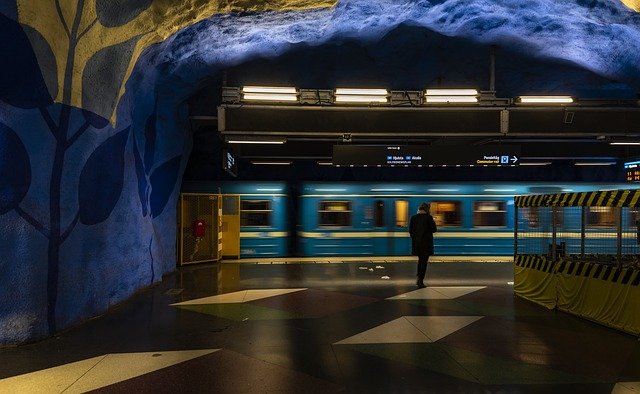Mumbai Metro Line 3 is known as the Colaba-Bandra-Seepz Line. This part of the Mumbai metro is progressing toward building a stretch of 33 km long line, which will be the first underground metro line in Mumbai. The metro line will cover the Cuffe Parade business area in the southern state and the Seepz situated in the north-central area.
The alignment of the tunnel for Mumbai Metro Line 3 is broad, with a diameter of 5.5 meters from each direction. The depth of the tunnel is 20-25 m depth from the ground. In order to complete this metro project, a total of 17 tunnel boring machines are used to construct the whole tunnel project and ensure that it is completed within the time.
The project of Mumbai Metro Line 3 is implemented and operated by the “Mumbai Metro Rail Corporation Limited”. The total amount estimated in this project is Rs. 30,000 crores. MMRCL and MMRDA are the main sources of funding for this metro transportation project. The section of Mumbai Metro Line 3 links between Bandra Kurla Complex and Dharavi stations, which includes a 170-metre-long twin tunnel. This tunnel passes through the Mithi River.
Trials and Route Maps
Heavy loads on the metro trains are tested multiple times to know the durability and responsiveness of trains. These tests have included the placing of gunny bags of debris on board the trains to simulate passengers between multiple stations. These trials have resulted in successful trials at the speed of 95 km/hr. The railway department of Mumbai will ensure the safety and performance test of the braking systems and the acceleration and deceleration process.
Compared with different forms of commuting methods, Mumbai metro line 3 will cover some main areas, such as Nariman Point, Cuffe Parade, Fort, Lower Parel, BKC, and SEEPZ/MIDC. This metro route will cover more than thirty educational institutes, fourteen religious sites, thirteen hospitals, and over thirty recreational factories, which create a huge benefit for the residents of Mumbai.
Challenges
The challenges to building Mumbai Metro Line 3 include cutting trees and digging the soil, which can harm the environment. In order to reduce such a situation, the Mumbai metro has taken a decade to establish its line 3 in an operational manner. The loss that occurred due to the construction of Mumbai metro line 3 will be covered by the reduced cost of transportation and congestion during peak hours. These periods are categorized into the morning and evening sessions. These challenges are mitigated by the usage of tunnel boring machines, which have a high cost of acquisition but deliver a valuable result in developing the infrastructure of a nation.
The Benefits of Mumbai Metro Line 3

The Mumbai metro line is expected to include multiple benefits to the city; it will help to increase the quality of life for the residents. The benefits of this metro line included reducing travel time and congestion and improving accessibility for the city’s citizens. Metro transportation has a faster rate of transportation for people as compared with road transportation.
On the metro, there are no traffic jams, and traffic is transported at a linear speed to its destination without any obstacles. From the environmental side, metro transportation is highly valuable in reducing carbon emissions generated by multiple vehicles. Therefore, the ticketing systems for this project will be on smart cards, paper QR tickets, and WhatsApp e-tickets. The Mumbai metro line 3 stations are filled with escalators and lifts to reduce the efforts of transportation. The stations have also been included on the platform screen to know which station will cover the specific duration.


